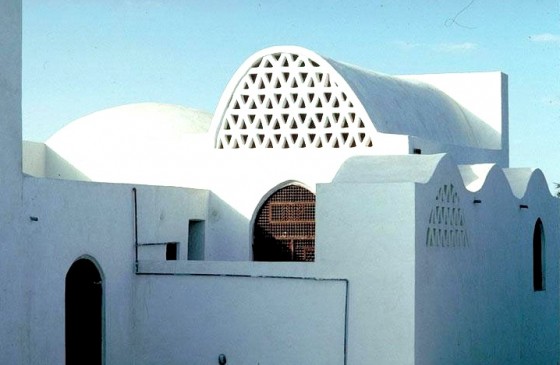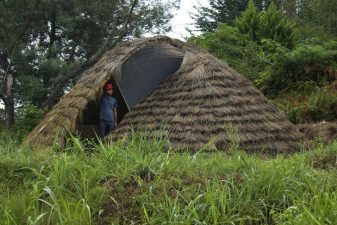 Certain buzzwords are developed to help us grasp a concept. To environmentalists, sustainability refers to eating, building and living in a way that will sustain more than one greedy generation. Vegewarian is another for those who aren’t quite ready to commit to full-fledged vegetarianism or veganism.
Certain buzzwords are developed to help us grasp a concept. To environmentalists, sustainability refers to eating, building and living in a way that will sustain more than one greedy generation. Vegewarian is another for those who aren’t quite ready to commit to full-fledged vegetarianism or veganism.
Sometimes these terms are overused, as Brian pointed out with his interesting post on the “S” word, and sometimes they don’t paint a complete picture. Now there’s a new word floating around – locatat – that refers to building a habitat using materials sourced within a 100 mile radius. It’s like locavore but for builders and it has critics.
The birth of a word
Arch Daily writer Vanessa Quirk seems to have been the first person to coin the term locatat. Whether or not it will become widely used remains to be seen, but it is inspired by a unique initiative underway in Vancouver, Canada that we can all take inspiration from.
The Architecture Foundation of British Columbia recently launched the 100-Mile House design competition, which is premised on the notion that in the past, people built homes using local materials. Whether these homes were built from cedar or sod, carved out of caves or ice, the pre-industrial age mandated local innovation.
Now, any old Joe can walk into a hardware store, buy a pile of lumber that might have been shipped from halfway across the world, and build an un-conscious home. Globalization has made life convenient, which has turned the majority of us into shopping zombies who know very little about the source of the materials we use and their associated environmental impact.
Loca-build
The AFBC competition is inspired in part by the locavore movement, which encourages people to eat food that was produced within a 100 mile radius. Not only is this expected to reduce “food miles” or the carbon footprint associated with shipping food great distances so that it is possible to eat winter squash in the heat of summer, but it also supports community engagement and development.
Although critics of the locavore movement worry that supporting only local products and developments discourages innovation and deprives international producers of a profitable market, AFBC hopes that the challenge of building a house with materials sourced within 100 miles will spur ingenuity that can then be shared.
In the competition brief, AFBC says “It is hoped that necessity, as the mother of invention, will foster/ create prototypes that could be modified and the ideas exported to any geographic area.”
The winner of the 100MH will be announced on May 19, 2012. Stay tuned!
More on Local Architecture:
Earth-Friendly Vernacular Date Palm Architecture
World Famous Architects Admire Vernacular Moroccan Architecture
Iraqi Mud Architect Wins Prestigious Sustainability Award




Very interesting article. Speaking of reduced carbon footprint, they should be ramping up plant sites throughout the region. Well, throughout the world really.
Fascinating concept. It truly is awesome what types of creativity can be fostered when parameters are set – but then look at what was managed in antiquity using local building supplies. Can’t wait to see the winners.